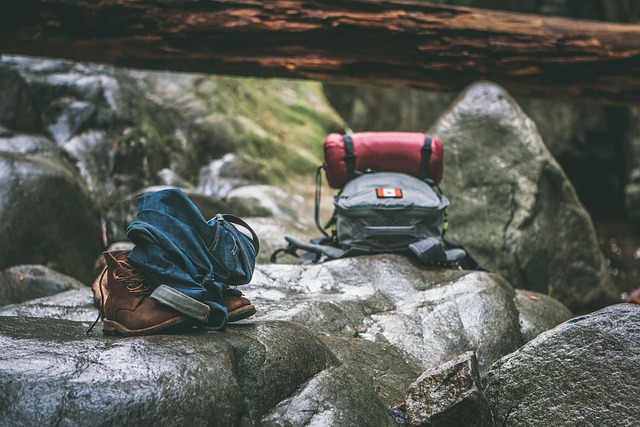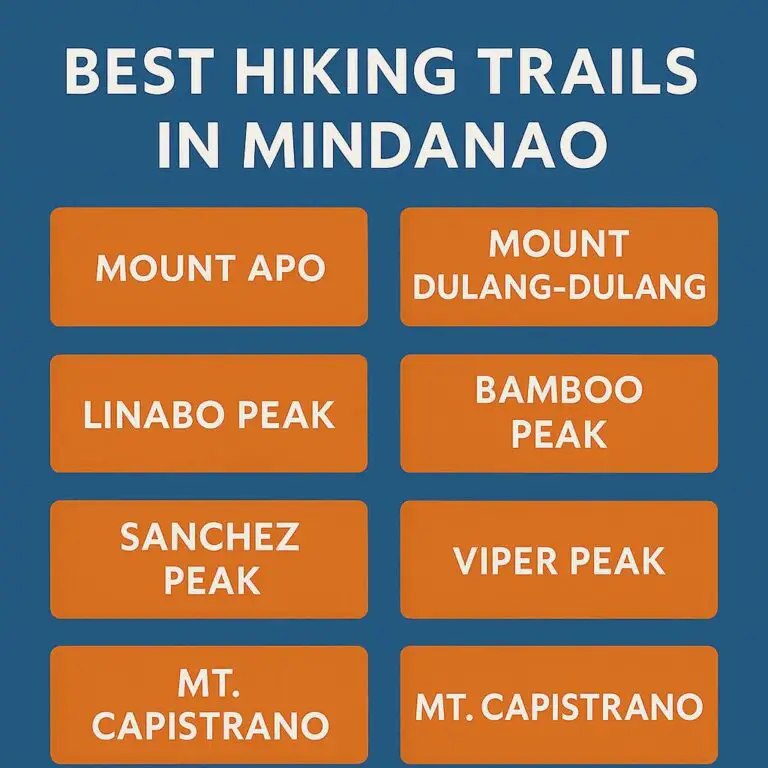Hiking is a wonderful way to connect with nature, get some exercise, and explore new places. However, having the right hiking gear is essential to ensure a safe and enjoyable experience. The problem is that quality hiking gear can be expensive, and not everyone can afford to invest a lot of money upfront.
In this guide, I will provide tips on how to find hiking gear that fits every budget without sacrificing quality. I’ll cover essential gear like footwear, clothing, backpacks, and water, as well as additional gear like navigation tools, lighting, and first aid kits. Additionally, I’ll share where to find affordable hiking gear and provide tips on maintaining and repairing your equipment to extend its lifespan. With our guide, you’ll be able to enjoy the great outdoors without breaking the bank.
Setting a Budget
Before you start shopping for hiking gear, it’s important to set a budget. This will help you prioritize which items are most important and ensure you don’t overspend. Here are some tips for setting a budget:
- Determine your needs: Make a list of the gear you’ll need for your hiking trip, including essential items like footwear, clothing, and a backpack, as well as any additional gear like a navigation tool or first aid kit. Once you have your list, prioritize items based on what is most important to your safety and comfort.
- Research prices: Research the cost of each item on your list to get a sense of the range of prices available. Look at multiple brands and retailers to compare prices and find the best deal.
- Consider the long-term investment: While cheaper gear may seem like a better deal in the short term, investing in higher-quality gear that will last longer can save you money in the long run. Consider the durability and longevity of each item when making purchasing decisions.
Essential Hiking Gear
When it comes to hiking gear, there are certain items that are essential for a safe and comfortable trip. Here are some of the essential hiking gear items and tips on finding quality gear at a good price for every budget:
Footwear
- Types of hiking shoes: Hiking shoes come in various types, including trail runners, hiking boots, and approach shoes. Choose the type of shoe that best fits your needs and hiking terrain.
- Best hiking shoes for different budgets: Brands like Merrell, Columbia, and Salomon offer good quality hiking shoes at a reasonable price. Look for sales or deals to get the best value for your money.
Clothing
- Layering system: Dressing in layers is key to staying comfortable while hiking. Base layers wick moisture away from your skin, mid-layers provide insulation, and outer layers protect against wind and rain.
- Best clothing for different budgets: Brands like Columbia, REI Co-op, and Patagonia offer quality hiking clothing at various price points. Look for sales or deals to get the best value for your money.
Backpack
- Types of backpacks: Backpacks come in various types, including daypacks, overnight packs, and backpacking packs. Choose the type of pack that best fits your needs and hiking duration.
- Best backpacks for different budgets: Brands like Osprey, Gregory, and Deuter offer good quality backpacks at a reasonable price. Look for sales or deals to get the best value for your money.
Water and Food
- Hydration systems: Staying hydrated while hiking is crucial. Look for hydration systems like water bottles, hydration bladders, or water filters.
- Best water and food options for different budgets: For water, consider a refillable water bottle or hydration bladder. For food, choose lightweight and nutrient-dense options like trail mix or energy bars. You can often find these items at a reasonable price at outdoor retailers or bulk food stores.

Additional Hiking Gear
In addition to the essential hiking gear, there are other items that can enhance your hiking experience and ensure your safety. Here are some additional hiking gear items and tips on finding quality gear at a good price for every budget:
Navigation
- Maps: Always carry a map of the area you’ll be hiking in. You can often find free maps online or at local ranger stations.
- GPS devices: Consider investing in a GPS device if you plan to hike in remote areas. Brands like Garmin offer GPS devices at various price points.
- Best options for different budgets: If you’re on a tight budget, start with a paper map and compass. If you have a bit more to spend, consider investing in a handheld GPS device or a smartphone app like Gaia GPS.
Lighting
- Headlamps: A headlamp is essential for hiking in low-light conditions. Look for headlamps that are lightweight and durable.
- Flashlights: Flashlights are a good alternative to headlamps. Look for lightweight and waterproof flashlights.
- Best options for different budgets: Brands like Black Diamond, Petzl, and Princeton Tec offer good quality headlamps and flashlights at various price points. Look for sales or deals to get the best value for your money.
First Aid Kit
- Essential items: A first aid kit should include items like bandages, gauze, antiseptic wipes, and pain relievers.
- Best options for different budgets: You can often find pre-made first aid kits at outdoor retailers, or you can make your own using items from a drugstore. Look for sales or deals to get the best value for your money.
Investing in additional hiking gear can enhance your hiking experience and ensure your safety.
Where to Find Affordable Hiking Gear
Finding affordable hiking gear can be a challenge, but there are several places you can look to get quality gear at a good price. Here are some options:
Online Retailers:
- Amazon: Amazon offers a wide selection of hiking gear at competitive prices. Look for deals and discounts to get the best value for your money.
- REI Outlet: REI Outlet is an online store that offers discounted outdoor gear, including hiking gear from top brands.
- Sierra Trading Post: Sierra Trading Post offers discounted outdoor gear, including hiking gear, from top brands. Look for sales and clearance items to get the best value for your money.
Local Retailers:
- Discount stores: Discount stores like Walmart, Target, and TJ Maxx often have hiking gear at a lower price point.
- Secondhand stores: Thrift stores and consignment shops can be great places to find gently used hiking gear at a fraction of the cost of buying new.
Borrowing or Renting Gear:
- Renting from outdoor retailers: Some outdoor retailers offer gear rental services, which can be a cost-effective option if you only need gear for a specific trip.
- Borrowing from friends: If you have friends who are into hiking, consider borrowing gear from them for your trip.
By exploring these options, you can find quality hiking gear at a good price and stay within your budget. Don’t be afraid to look for sales and discounts, or to consider buying used gear or borrowing from friends.
Tips for Maintaining and Repairing Hiking Gear
Maintaining and repairing your hiking gear can help extend its lifespan, saving you money in the long run. Here are some tips for maintaining and repairing your hiking gear:
Footwear:
- Clean and dry your shoes after each hike to prevent mold and mildew from developing.
- Apply a waterproofing spray to your shoes to maintain their waterproofing capabilities.
- Repair minor damage, such as a loose sole or torn fabric, with shoe glue or duct tape.
Clothing:
- Wash your clothing according to the care instructions to maintain its durability and function.
- Store your clothing in a dry, cool place to prevent mold and mildew from developing.
- Repair minor damage, such as a small tear or loose seam, with a sewing kit or fabric glue.
Backpack:
- Clean and dry your backpack after each hike to prevent mold and mildew from developing.
- Check for wear and tear, such as loose straps or broken zippers, and repair as necessary.
- Use a waterproofing spray or rain cover to protect your backpack from moisture.
Water and Food:
- Clean and dry your hydration system after each use to prevent mold and mildew from developing.
- Store your food in a dry, cool place to prevent spoilage.
- Replace any damaged or worn-out parts of your hydration system, such as a leaky hose or broken valve.
Remember to clean and dry your gear after each use, repair minor damage as necessary, and store your gear properly to prevent damage from mold and mildew.
Conclusion
In conclusion, hiking is a great way to enjoy nature and get some exercise, but having the right gear is essential to ensure your safety and comfort. By setting a budget and finding quality gear at a good price, you can enjoy the great outdoors without breaking the bank.
Remember to prioritize essential gear like footwear, clothing, and a backpack, and invest in additional gear like navigation tools, lighting, and first aid kits as needed. Look for affordable gear online or at local retailers, and don’t be afraid to borrow or rent gear if you only need it for a specific trip.
Finally, by maintaining and repairing your hiking gear, you can extend its lifespan and save money in the long run. With these tips, you’ll be well-equipped to hit the trails and enjoy the beauty of nature.




